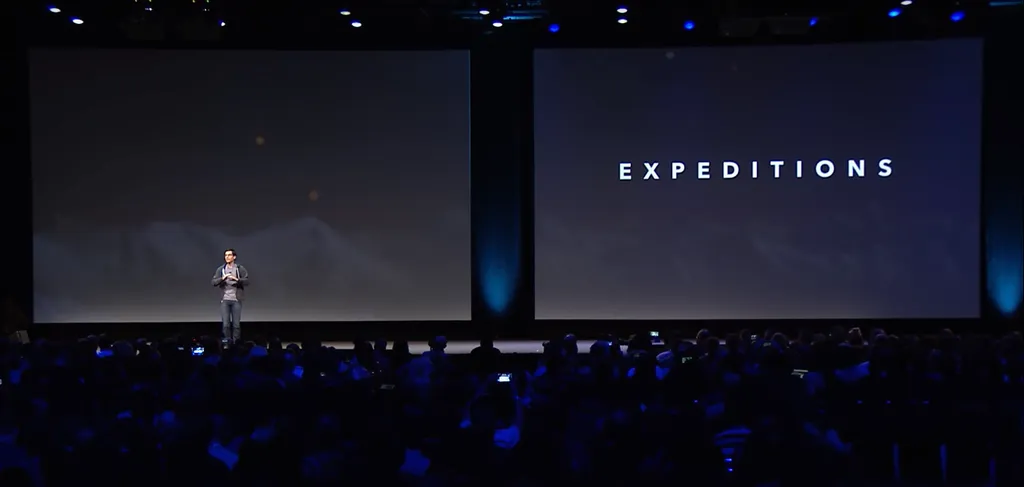Education is arguably VR’s most exciting potential application. Everyone from Google to Palmer Luckey agrees with that. So it’s not surprising to see predictions of a huge increase in VR’s usage in schools in the next 5 years.
Analytics company Research and Markets has said just that in a recently published report. To be clear, the new report suggests that smart wearable devices in general will grow by a mean annual growth rate of 45.52 percent in their use in classrooms between 2016 and 2020. This equipment concerns not only HMDs but also other head-mounted devices and wrist-worn tech. The report lists examples such as smart glasses, smartwatches, fitness trackers, wearable cameras, and, yes, VR headsets.
When it comes to VR, we’ve already seen Google’s Cardboard concept make an impact in the classroom, however small. Back at last year’s I/O developer conference the company detailed Google Expeditions, an app that allows teachers to take their students on virtual field trips. Locations like the ocean and even space are captured in 360 degree images for users to explore by looking around. Up to 50 children use a Cardboard while the teacher takes control of the trip using a tablet connected to them all. The teacher can point out specific features of an area they visit and bring up notes to read from.
It’s not strictly the best use of VR in the classroom given the limited nature of 360 degree video and images, but it’s a start. More importantly, it’s much more cost effective than high-end HMDs, making VR in the classroom possible in the here and now.
Currently Expeditions is running a pioneer program across several countries, and Google will hopefully have more on the project to showcase at this year’s I/O when it gets underway in a few weeks. You can also expected other HMDs such as the Oculus Rift and HTC Vive to start being used in school in the future, with their position-tracked features opening up even more possibilities. In the past, Oculus CEO Brendan Iribe has spoken of the potential to visit the Smithsonian in VR and go beyond the display cases, interacting with ancient artefacts and more. It’s an exciting thought to say the least.
Both the Rift and Vive will have to become a lot more accessible both in terms of price and tech before we see these concepts reach mainstream adoption, though. Until that time we can keep dreaming about the potential of VR in the classroom.





























